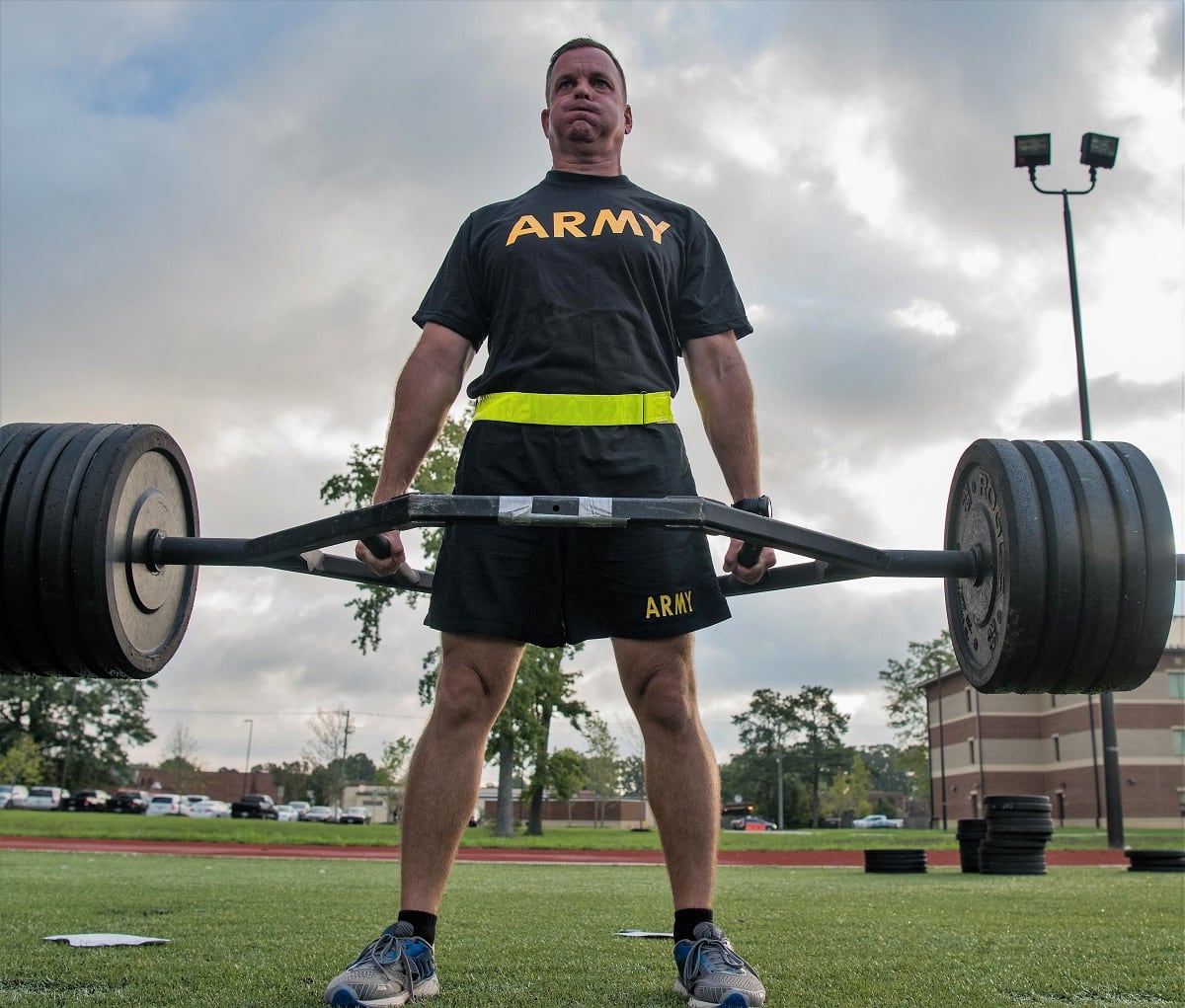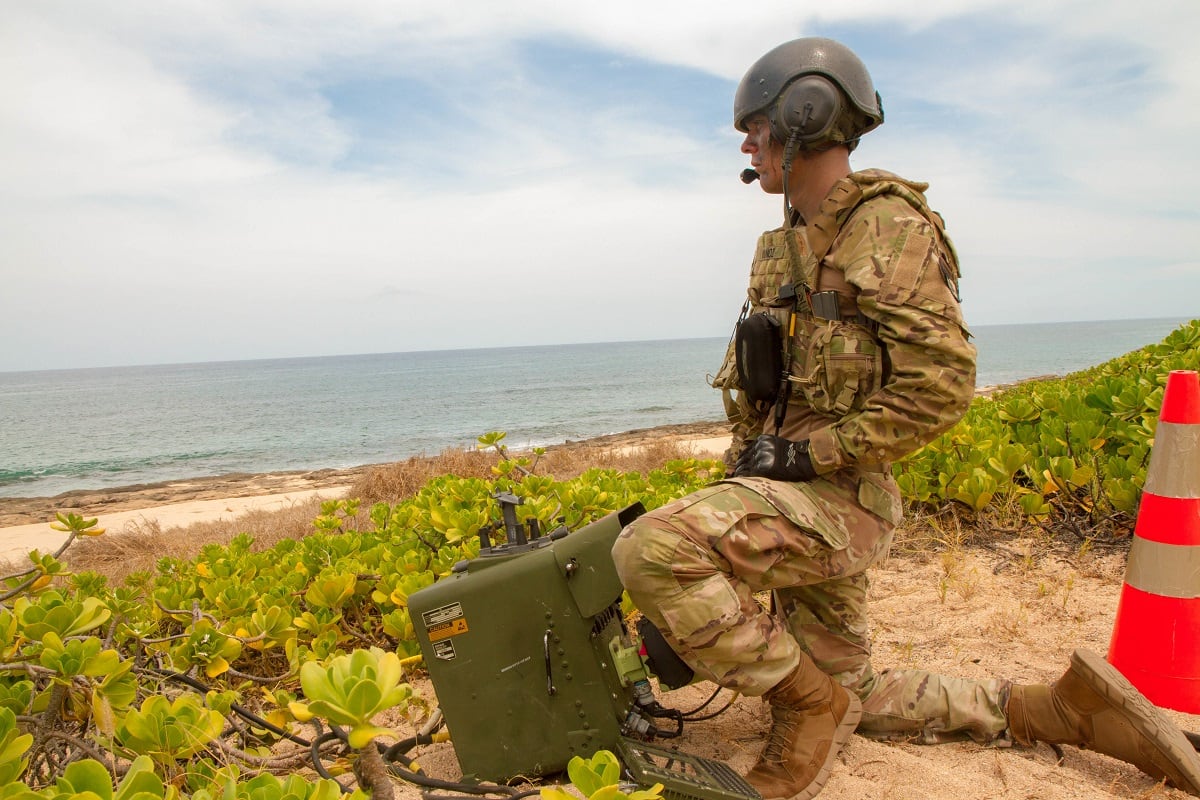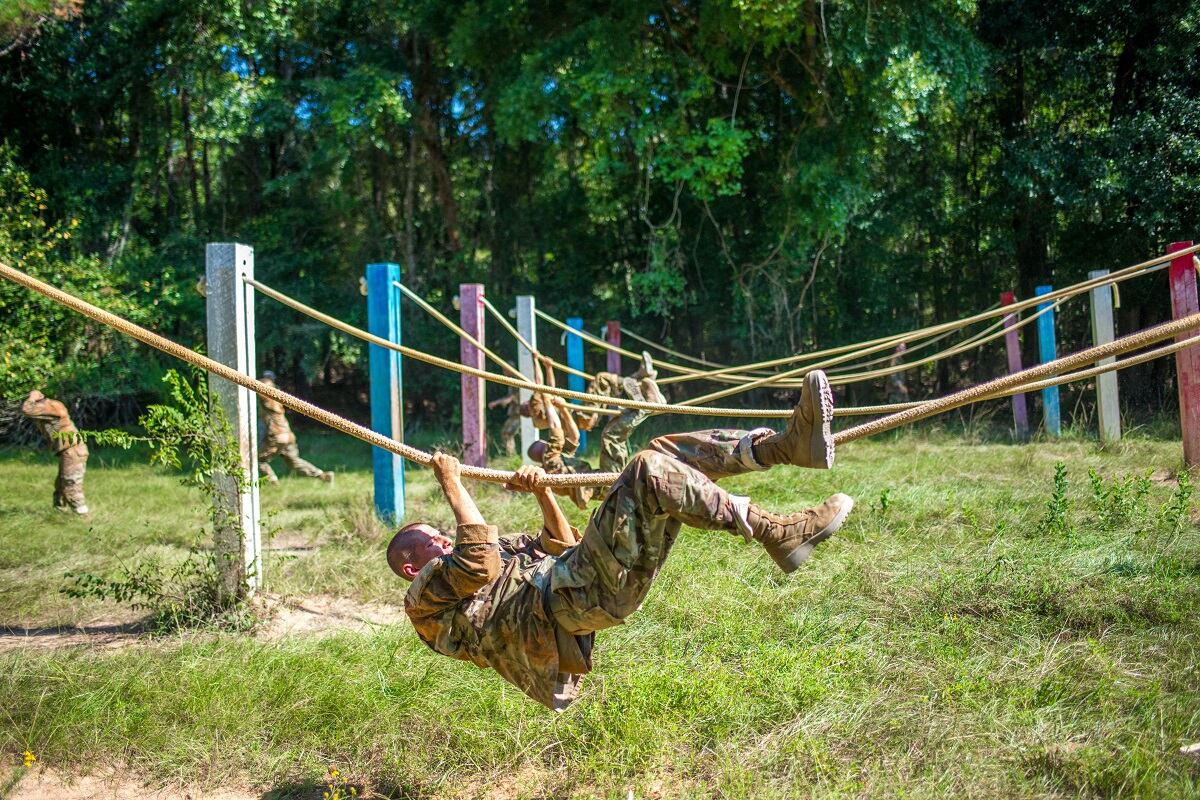A recent annual conference at the epicenter of the Army’s maneuver force training saw combat arms leaders focusing on transforming the force with an eye toward future conflict.
Though in past years portions of the annual conference have been open to the media, this year staff decided to close the entire event to outside media. The following information was gleaned from Army releases on the event.
Gen. Stephen Townsend, commander of Army Training and Doctrine Command, told attendees that five near-term priorities will drive how well today’s soldiers are ready for their next operating environment.
Those priorities include:
- A review of how the Army recruits its soldiers and a plan to improve.
- Improving the leader-to-led ratio and resourcing in initial entry training.
- Successfully standing up Army Futures Command.
- Fielding a new Combat Fitness Test and changing the force’s fitness culture.
- Ramping up Multi-Domain Operations into doctrine and practice.
Each of these near-term priorities have some early work already completed, with more on the way.
RELATED

In late 2017, the Army’s Center for Initial Military Training began a study to look into improving the quality of recruits, both in discipline and physical fitness. Some of that has likely led to recent pilot studies that increase the length of one-station unit training for infantry soldiers. That pilot began this summer. Another pilot program, this time focusing on the armor community, is slated to start next year.
At the same time, the CIMT also looked to find ways to improve the ratio of instructors to students to improve training. At the time, there was a ratio of about one-to-seven drill sergeants to recruits in basic training. But that ratio was far higher, one-to-40, at advanced individual training, which relied on AIT platoon sergeants instead of drill sergeants.
AIT platoon sergeants were phased out this year, and drill sergeants were brought back to run AIT.
The Army recently announced Austin, Texas as the new headquarters of Army Futures Command. The command will aim to pair tech advances with Army initiatives, speeding up tech acquisition and breaking old models of integrating new tech and ideas into the force.
In October, the Army will begin a year-long field test of the new fitness test and evaluate what will ultimately be the requirements soldiers must meet.

A Multi-Domain Task Force recently completed its first-ever field exercise as part of a Multi-Domain targeting mission during the traditionally maritime-focused Rim of the Pacific, or RIMPAC, exercise this past summer.
These training commitments are more global in nature, such as finding high-quality recruits and matching them with the right number of trained cadre early in their Army careers.
At the same time, Ian Sullivan, the assistant G-2 (intelligence) for TRADOC, noted that shifting demographics and two previously limited fronts — megacities and the Arctic — would be key factors in the future operating environment the Army will face.
And that’s not all. Sullivan rattled off a dozen trends likely to shape future warfare.
Some are tech-oriented items that could give soldiers advanced tools for combat, such as robotics, power generation and storage, technology, engineering and manufacturing that builds tailored, on-demand products, collective intelligence that uses social media, enhancing the physical and cognitive human performance, human-computer interaction, cyberspace and space, artificial intelligence that helps the soldier’s decision-making, big data.
But it’s not all tech that drives the future.
Other items Sullivan mentioned included outside elements that will cause changes that the Army must include in its strategic, operational and even tactical planning. They include climate change, resource competition, economic rebalancing and income disparity, demographics and urbanization.
As “readiness” has become a buzzword and the Army’s top priority, a few speakers focused on levels of readiness, and the time management required to accomplish all that makes a unit ready.
One added another layer.
Maj. Gen. Leopoldo Quintas, commander of the 3rd Infantry Division, pointed to sustaining readiness, in part by requiring continued training within 10 days of a unit’s return from deployment.
That way, soldier can assure essential skills do not atrophy, he said.
Todd South has written about crime, courts, government and the military for multiple publications since 2004 and was named a 2014 Pulitzer finalist for a co-written project on witness intimidation. Todd is a Marine veteran of the Iraq War.





